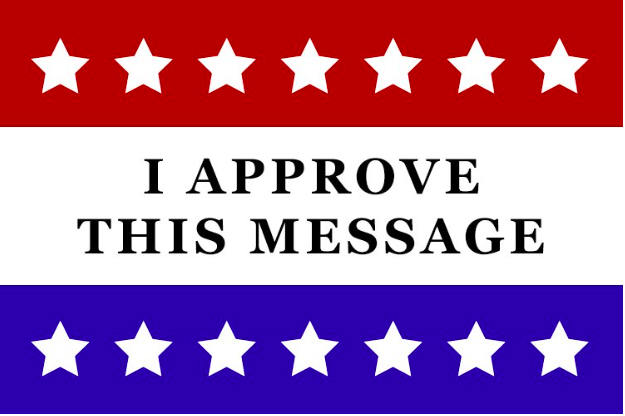Changing the Channel on Negative Political Ads
After Election Day on Tuesday November 6th, it’s safe to say most people were thankful that all political advertising had ceased. The ads during this campaign were vicious and unrelenting, especially because they were mainly negative, just as they have been in years prior. In fact, a study done by Wesleyan Media Project showed that 53% of the ads from the 2016 election were negative, which had grown from the 2012 election’s 48%. If that was the percentage in 2016, we can only imagine what the number of negative ads is up to now. Positive or negative, ads have swarmed radio stations, television, newspapers, and just about every other media platform since at least August. These ads all have different effects on the average person, sometimes influencing decisions, and other times having no effect at all. Mr. Iacovo, who teaches Algebra 1 and Honors Algebra 2 here at Xavier, says he believes he saw political ads, “Every hour he was watching TV.” When asked if he believed these ads influenced his voting, he says that he thinks they probably did, but had no idea who was telling the truth on either side. This is a common thought for many Americans, simply because so many words are twisted. Dr. Lueken, a senior Theology teacher at Xavier, is often reminded of this when he sees how influential the United States government can be. The lies promote a poor reputation for our government and showcase the disappointing character of the candidates. Dr. Lueken feels that, “It reflects poorly on the candidates who run these things, or the organizations they are associated with, or that support them and that other people finance in order to support them. It reflects poorly on the parties. It even reflects poorly on our country.” While Dr. Lueken saw no positive ads that he can remember, Mr. Iacovo believes he saw a few, but they were mostly talking about their own accomplishments. Political ads in general are frequent on local news stations, and cost about $1,125 for a fixed, primetime spot. These primetime spots are either in the evening or early morning, while most Americans are watching TV or the news. Political ads have been growing increasingly prominent, as it is the easiest way to send the message out to current voters because our country’s use of technology is skyrocketing.
As for what Americans would rather see, Mr. Iacovo says, “What have you done in the past, that’s what I really want to know.” Voters would much rather be educated than lectured, a fine line that is crossed by the negative ads in today’s society. It all comes down to the issue that candidates and their campaigns are spending thousands of dollars to show 30 seconds of negativity. Political ads circulate for over 3 months and throughout that time period more insults and accusations are integrated into commercials that are designed for spectators to take sides. In reality, all the people want is to be shown the statistics, ideas, and accomplishments of someone who hopes to represent them in their government, as proven by both Mr. Iacovo and Dr. Lueken. This will help them decide which candidate is more likely to fulfill their needs, or which one they agree with more. Political advertising, overall, would be a lot more productive if they presented the facts to the voters instead of trying to stir up a debate. As a result, it would be more peaceful, and the hostility that currently overtakes political parties and candidates themselves might even decrease. Presenting the goals and abilities of the candidates would affect the opinions of voters much more than annoying them to the point where some won’t even turn on their TV for the fear of seeing one more negative commercial about Kyrsten Sinema. If this wasn’t an issue, maybe more citizens would vote, or even be more inclined to take time out of their lives to learn about what effect these candidates would have on our country.




